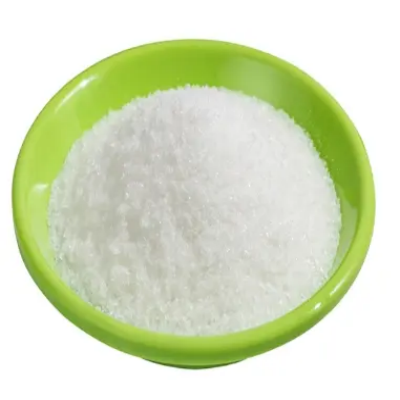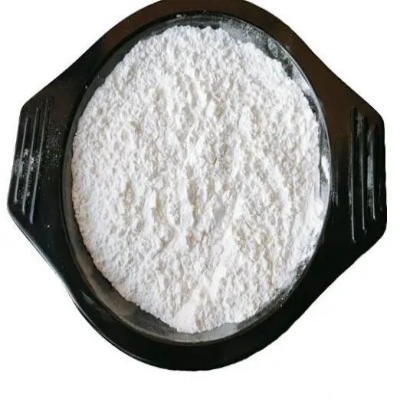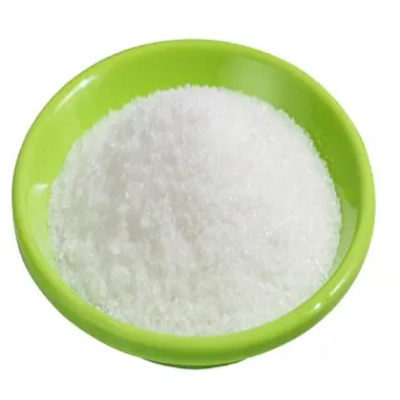N,N-Dibenzylhydroxylamine CAS:621-07-8
Pharmaceutical Synthesis: N,N-Dibenzylhydroxylamine is widely utilized in pharmaceutical synthesis as a versatile building block. It participates in key steps of drug synthesis, often serving as a nucleophile or a reducing agent for the formation of essential pharmacophores. Agrochemical Development: The compound finds application in the development of agrochemicals, contributing to the synthesis of active ingredients in pesticides, herbicides, and fungicides. Its reactivity and stability make it an important component in the creation of effective agricultural products. Transition Metal Catalysis: N,N-Dibenzylhydroxylamine functions as a ligand in transition metal catalyzed reactions, particularly in processes involving metal complexes. By coordinating with transition metals, it can influence the selectivity and efficiency of various catalytic transformations, such as C-C bond formation or asymmetric synthesis. Materials Science: In materials science, N,N-Dibenzylhydroxylamine is used for the preparation of functional materials. Its reactivity allows for the modification of surfaces, the introduction of specific functional groups, or the generation of tailored polymers with desired properties. In summary, N,N-Dibenzylhydroxylamine is a versatile compound that finds extensive use in pharmaceutical synthesis, agrochemical development, transition metal catalysis, and materials science. Its nucleophilic and reducing properties, alongside its role as a ligand, make it an indispensable reagent for numerous chemical transformations. The compound's contributions to the development of pharmaceuticals, agrochemicals, catalytic processes, and functional materials underscore its significance as a valuable building block in organic synthesis and chemical research.



| Composition | C14H15NO |
| Assay | 99% |
| Appearance | white powder |
| CAS No. | 621-07-8 |
| Packing | Small and bulk |
| Shelf Life | 2 years |
| Storage | Store in cool and dry area |
| Certification | ISO. |









